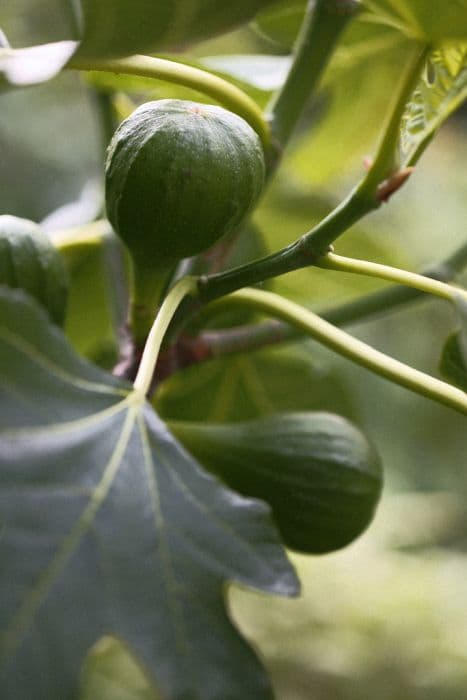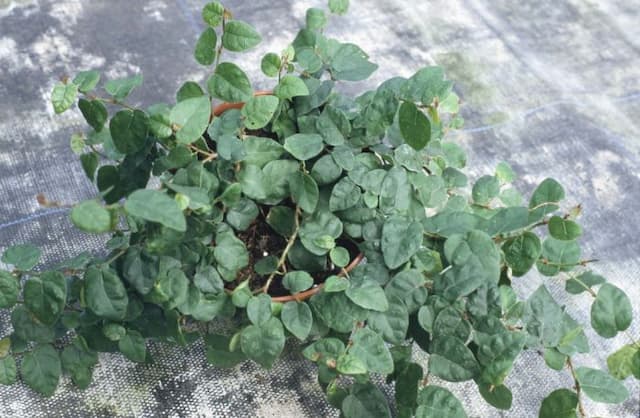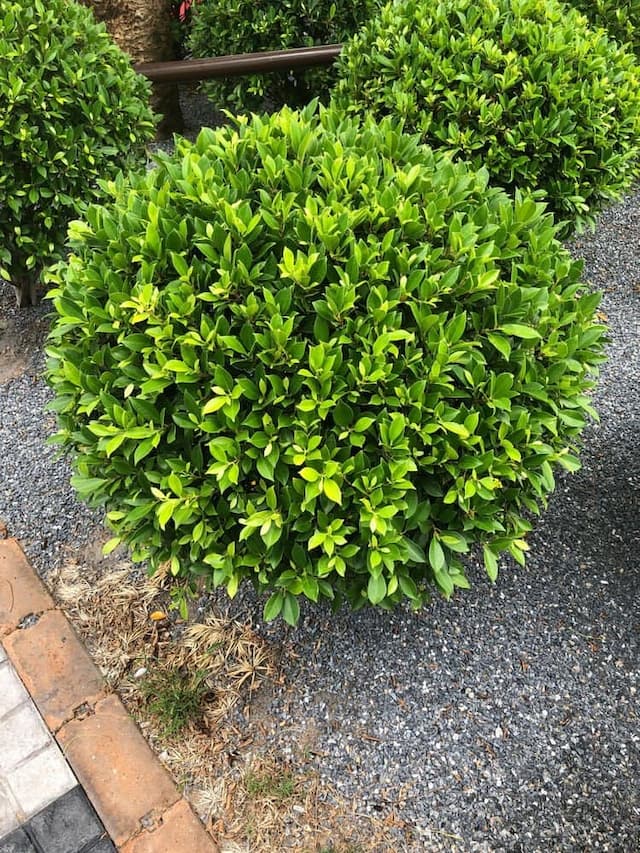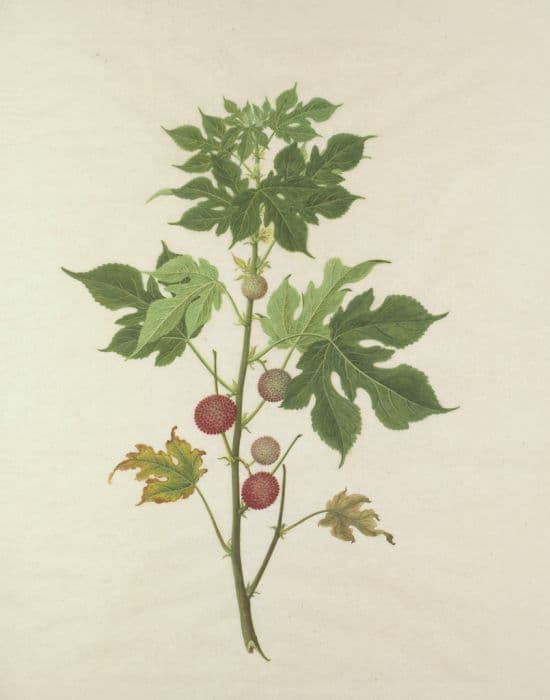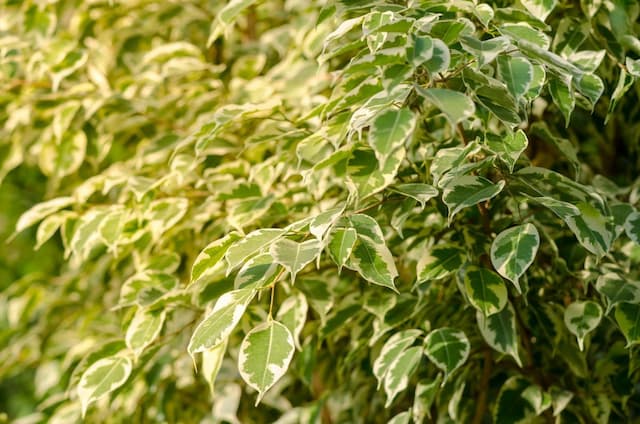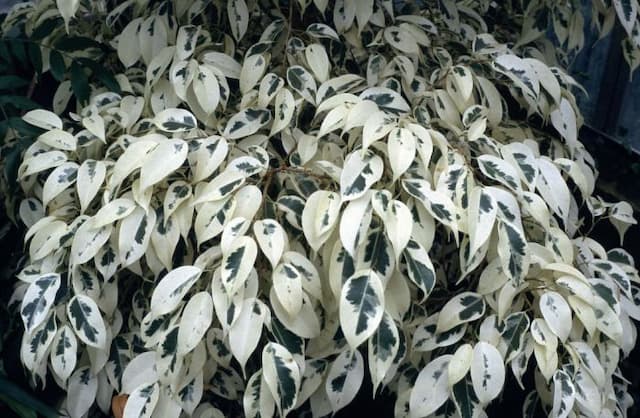White mulberry Morus alba 'Pendula'



ABOUT
Morus alba 'Pendula' is a cultivar of the white mulberry tree, which is a deciduous tree native to China. It is known for its distinctive, weeping habit, with long, drooping branches that give the tree a graceful, pendulous appearance.
Morus alba 'Pendula' grows to be a medium-sized tree, reaching a height of 20-30 feet and a spread of 15-25 feet. It has a rounded crown and a straight, upright trunk. The tree's leaves are simple and alternate, with a heart-shaped or oval shape and a serrated edge. The leaves are typically green and glossy, turning yellow or brown in the fall before dropping off.
Morus alba 'Pendula' is known for its attractive flowers and fruit. The tree produces small, pink or white flowers in the spring, which are followed by small, edible berries that ripen in the summer.
The berries are sweet and juicy and are often used to make jams, jellies, and other preserves.
Morus alba 'Pendula' is a popular ornamental tree and is often used in gardens and parks as a feature tree or as a specimen plant.
It is hardy in USDA plant hardiness zones 4-9 and is relatively easy to care for, needing only occasional pruning to maintain its shape.
About this plant
 Names
NamesFamily
Moraceae
Synonyms
Weeping white mulberry, White mulberry, Common mulberry, Silkworm mulberry
Common names
Morus atropurpurea, Morus chinensis, Morus intermedia, Morus latifolia, Morus multicaulis, Morus tatarica, Morus alba var. alba, Morus alba var. multicaulis
 Toxicity
ToxicityTo humans
Morus alba 'Pendula' is not known to be toxic to humans. The tree's fruit is edible and is often used to make jams, jellies, and other preserves. The tree's leaves are also not known to be toxic.
It is worth noting that while Morus alba 'Pendula' is not toxic to humans, it is possible that some people may have an allergic reaction to the tree. If you are concerned about an allergic reaction, it is a good idea to avoid handling the tree or coming into contact with its pollen or fruit.To pets
Morus alba 'Pendula', also known as the white mulberry tree, is not known to be toxic to pets. The tree's fruit is edible and is often eaten by animals, including birds, squirrels, and other small mammals. The tree's leaves are also not known to be toxic, and they are not harmful to pets if ingested.
It is worth noting that while Morus alba 'Pendula' is not toxic to pets, it is always a good idea to keep an eye on your pets when they are near any plants.
 Characteristics
CharacteristicsLife cycle
Perennials
Foliage type
Deciduous
Color of leaves
Green; yellow or brown in the fall
Flower color
White
Height
Up to 30 feet
Spread
Up to 25 feet
Plant type
Tree
Hardiness zones
3
Native area
China
Benefits
 General Benefits
General BenefitsMorus alba 'Pendula' is a medium-sized tree that can provide shade for gardens and outdoor spaces. The tree's drooping branches and dense canopy create a natural, attractive shade area that is perfect for relaxing or entertaining;
Morus alba 'Pendula' is a popular tree for wildlife, and it can provide a habitat for a variety of birds, insects, and other animals. The tree's flowers, fruit, and leaves are all attractive to wildlife, and the tree's canopy provides shelter and protection for animals;
Morus alba 'Pendula' is a popular landscaping tree and is often used as a feature tree or as a specimen plant in gardens and parks. The tree's weeping habit and attractive flowers and fruit make it a beautiful addition to any landscape;
The plant has a number of environmental benefits, including improving air quality and providing habitat for wildlife. The tree is also known to be drought-tolerant, which makes it a good choice for gardens and landscapes in areas with limited water resources. Medical Properties
Medical PropertiesThe leaves of Morus alba 'Pendula' are believed to have anti-inflammatory properties and have been used in traditional medicine to treat a variety of inflammatory conditions, including arthritis and asthma;
The fruit of Morus alba 'Pendula' is rich in antioxidants, which are substances that help to protect the body against cell damage caused by free radicals. Some studies have suggested that the fruit of the white mulberry tree may have a number of health benefits, including improving heart health and reducing the risk of cancer;
Some traditional medicine practitioners believe that the fruit of Morus alba 'Pendula' may have anti-aging properties and may be able to help reduce the appearance of wrinkles and other signs of aging.
It is worth noting that while Morus alba 'Pendula' has been used in traditional medicine for a variety of purposes, there is limited scientific evidence to support these uses. If you are interested in using the tree for its medical properties, it is a good idea to consult with a qualified healthcare professional for further advice. Air-purifying Qualities
Air-purifying QualitiesOne way that plants can help to improve air quality is by removing pollutants from the air through a process known as phytoremediation. Some studies have suggested that certain plants, including some species of mulberry trees, may be able to absorb and remove pollutants such as formaldehyde, benzene, and xylene from the air.
 Other Uses
Other UsesThe white mulberry tree is often used in the art of bonsai, which involves growing small trees in pots or containers using specialized techniques. The tree's delicate, weeping branches and small, glossy leaves make it a popular choice for bonsai enthusiasts;
The fruit of Morus alba 'Pendula' can be used to make a natural dye, which can be used to color fabrics and other materials. The dye is typically made by boiling the fruit in water and adding other ingredients to achieve the desired color;
The fruit of Morus alba 'Pendula' is edible and is often used to make jams, jellies, and other preserve. The fruit is sweet and juicy and can be eaten fresh or cooked.
Interesting Facts
 Zodiac Sign Compitability
Zodiac Sign Compitability Plant Symbolism
Plant SymbolismThe white mulberry tree is known for its graceful, weeping habit, and its branches are often used in wedding bouquets and other floral arrangements to symbolize grace and elegance;
In some cultures, the white mulberry tree is seen as a symbol of longevity and is often associated with long life and good fortune;
The white mulberry tree is known for its fruit, which is rich in nutrients and is often used in traditional medicine to help improve fertility and support healthy pregnancy;
The white mulberry tree is a resilient plant that is known for its ability to withstand difficult growing conditions. It is often seen as a symbol of persistence and perseverance.
 Water
WaterAs a general rule, Morus alba 'Pendula' should be watered deeply once a week during the growing season. The tree's soil should be kept consistently moist, but not waterlogged.
In the winter, the tree should be watered less frequently, as the soil will be more likely to dry out due to the cold temperatures. Light
LightMorus alba 'Pendula' grows best in full sun to partial shade. The tree can tolerate a wide range of light conditions, but it may produce fewer flowers and fruit if grown in too much shade.
 Temperature
TemperatureMorus alba 'Pendula' is hardy in USDA plant hardiness zones 4-9 and can tolerate a wide range of temperature conditions. The tree is generally resistant to extreme heat and cold and can withstand temperatures as low as -30°F. However, it is best to protect the tree from extreme temperature fluctuations, as this can stress the tree and weaken its overall health.
 Pruning
PruningMorus alba 'Pendula' is a relatively low-maintenance tree, but it should be pruned occasionally to remove dead or damaged branches and to shape the tree to your desired form. Prune the tree in late winter or early spring, before new growth begins. It is important to not remove more than one-third of the tree's canopy in a single year to prevent stress.
 Cleaning
CleaningAs needed
 Soil
SoilMorus alba 'Pendula' prefers well-draining, slightly acidic soil with a pH of 6.0 to 6.5. The tree should be planted in a spot that is protected from strong winds and heavy frost.
It will grow well in most soil types including clay, loamy and sandy soils but it should be well-draining, rich in organic matter, and moist. Repotting
RepottingRepot only if growing in a container.
Morus alba 'Pendula' is a relatively low-maintenance tree and does not require frequent repotting. The tree can be repotted when it becomes root-bound or when it begins to outgrow its container.
A good rule of thumb is to repot every 2-3 years or when the roots are growing out of the drainage holes. Humidity & Misting
Humidity & MistingMorus alba 'Pendula' prefers moderate humidity levels. Keep the humidity level between 40-60% if the tree is grown indoors, in low humidity environments, you may need to use a humidifier or place a tray of water near the tree to keep the humidity level up.
 Suitable locations
Suitable locationsIndoor
If you want to grow Morus alba 'Pendula' indoors, it is important to provide the tree with plenty of bright, indirect light. A south- or east-facing window is ideal.
The tree should be kept in a warm room with temperatures between 60-70°F. Keep the humidity level between 40-60% and avoid placing it near drafts or air-conditioning vents.
Water the tree when the top inch of soil is dry and give it a balanced fertilizer every 6-8 weeks.Outdoor
If you want to grow Morus alba 'Pendula' outdoors, it should be planted in a spot that is protected from strong winds and heavy frost.
It should be planted in well-draining, slightly acidic soil with a pH of 6.0 to 6.5. It will grow well in most soil types including clay, loamy and sandy soils but it should be well-draining, rich in organic matter, and moist.
This tree will grow well in full sun to partial shade, and should be watered deeply once a week during the growing season. Fertilize it with a balanced fertilizer (for example, 10-10-10) at the beginning of the growing season and every 6-8 weeks throughout the summer.Hardiness zone
4 - 9 USDA
 Life cycle
Life cycleThe life cycle of Morus alba 'Pendula' begins with a seed, which germinates in the soil and sprouts into a young tree. As the tree grows, it will produce leaves, flowers, and fruit.
In spring, the tree begins to leaf out, with new leaves growing from buds on the branches. The leaves are typically large and green, and they provide the tree with the energy it needs to grow and produce flowers.
In late spring or early summer, the tree produces clusters of small, white or pinkish flowers. The flowers are not particularly showy, but they are an important food source for bees and other pollinators. After pollination, the flowers will develop into small, green berries that will ripen to a dark purple or black color in late summer or early fall.
In the fall, the tree's leaves will turn yellow or gold before falling off. The tree will become dormant for the winter, and the cycle will begin anew the following spring.
Overall, the Morus alba 'Pendula' tree is a deciduous species that goes through the typical tree's life cycle. Propogation
PropogationPropogation time
Spring - summer
By SEEDS:
Morus alba 'Pendula' can be propagated from seed, which can be collected from the tree's fruit. The seeds should be planted in a well-draining seed-starting mix and kept in a warm, bright location. Germination can take several weeks to a few months, depending on the seed quality and the conditions in which they are kept.
By CUTTINGS:
Morus alba 'Pendula' can also be propagated from cuttings. The best time to take cuttings is in the late spring or early summer. The cuttings should be at least 6 inches long and taken from healthy, mature wood. They should be planted in a well-draining potting mix and kept in a warm, bright location. Rooting typically takes several weeks to a few months.
By LAYERING:
Morus alba 'Pendula' can also be propagated by layering, where a low-lying branch is bent down and covered with soil. Once the branch begins to root, it can be severed from the parent plant and transplanted.
By GRAFTING:
Grafting is an another method of propagating the Morus alba 'Pendula' tree, where a scion from a mature tree is grafted onto the rootstock of a young tree. This method can be helpful in propagating a desired cultivar of the tree.
 Pests
PestsJapanese beetle, Leafroller, Caterpillar
 Diseases
DiseasesRoot Rot, Leaf spot, Black spot, Leaf blight, Avocado sunblotch viroid
